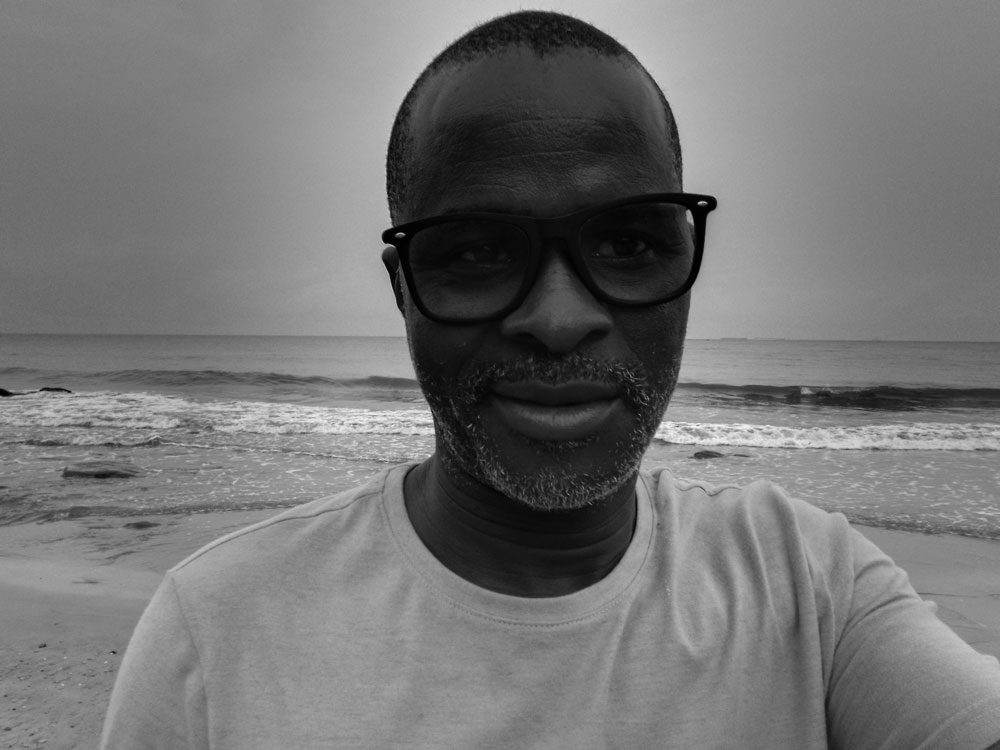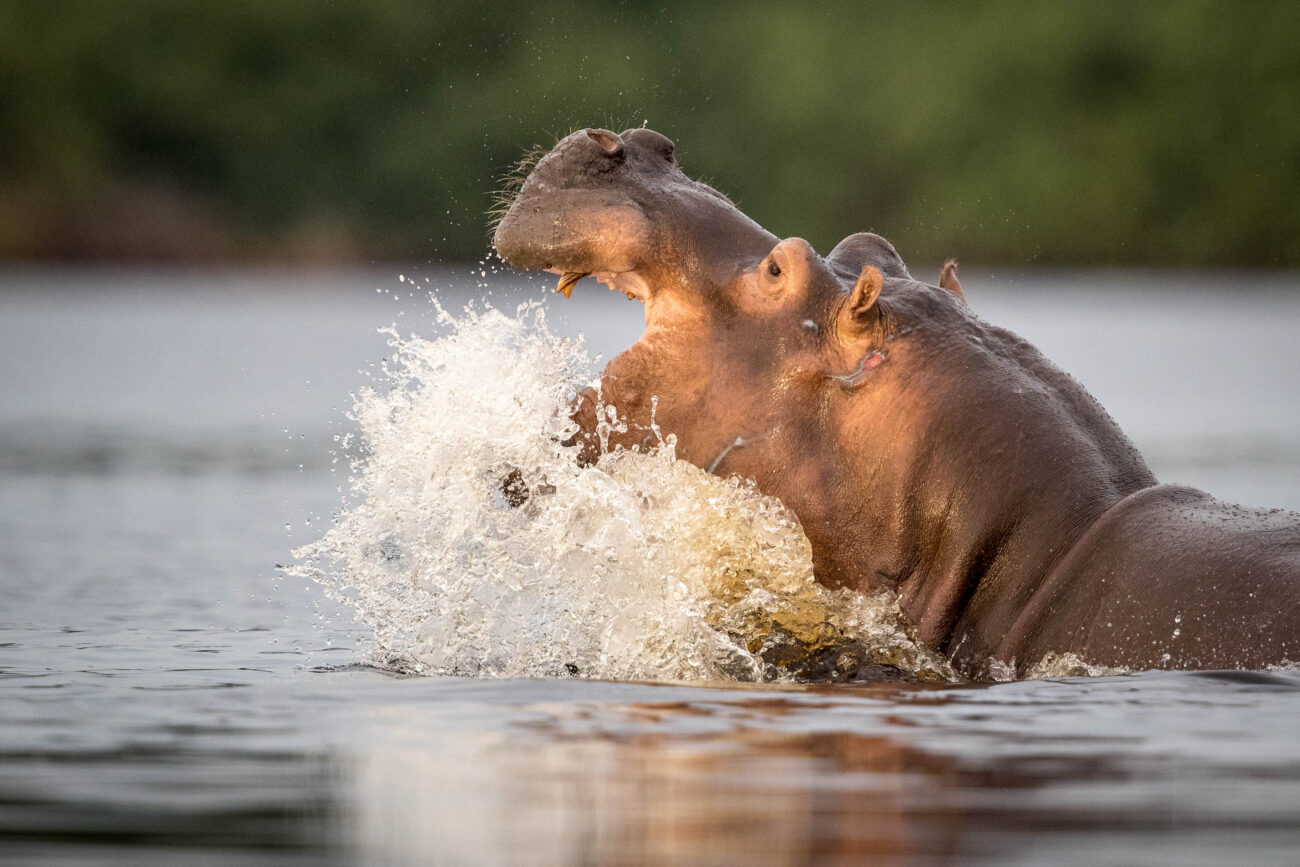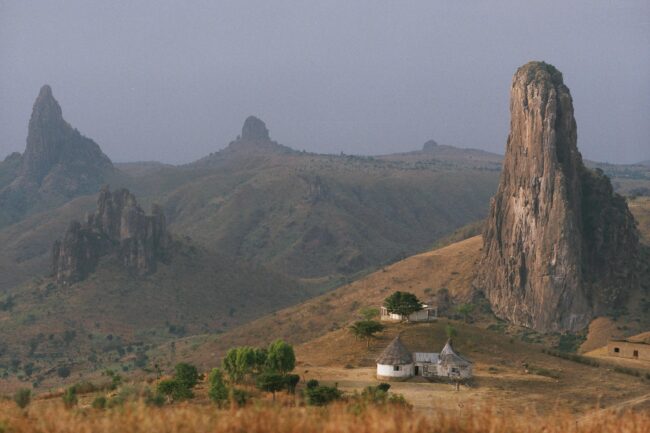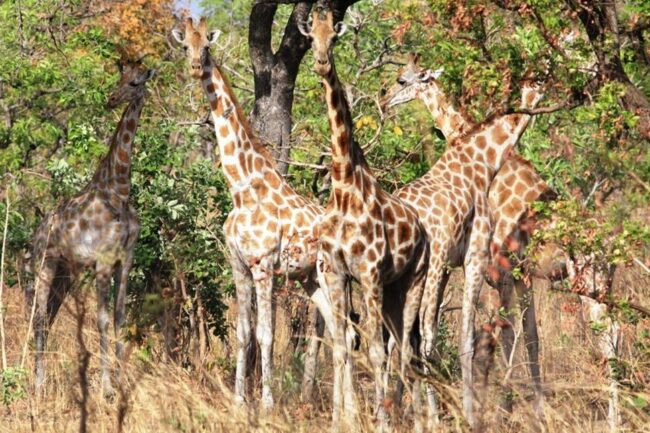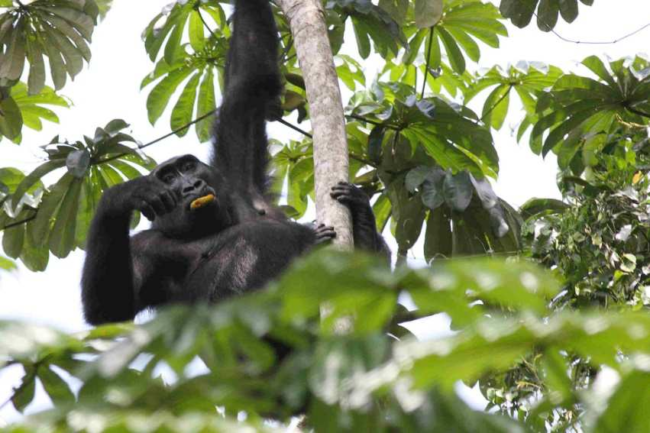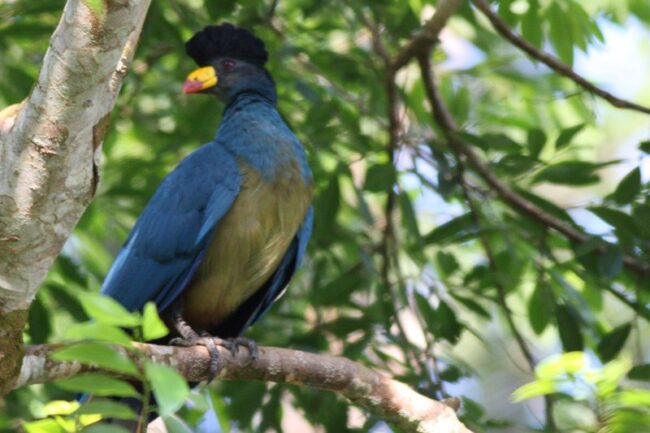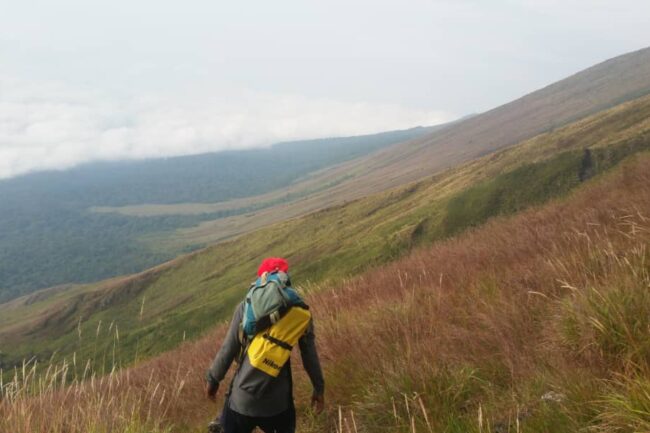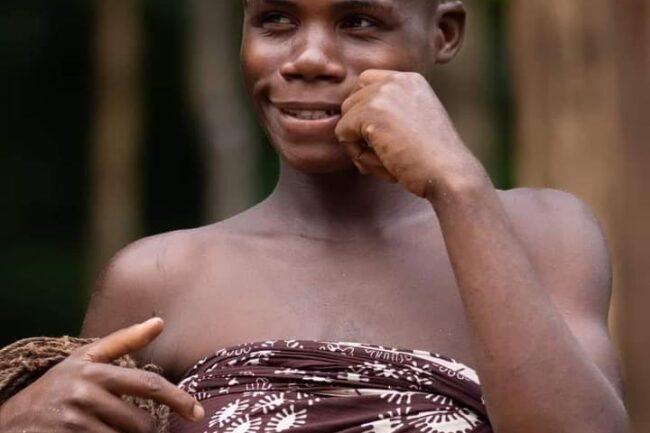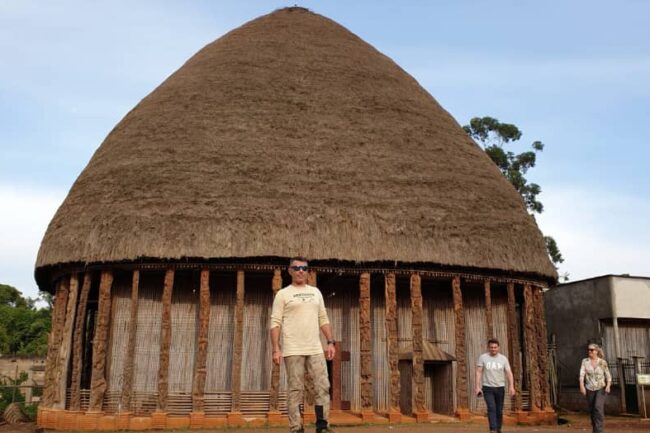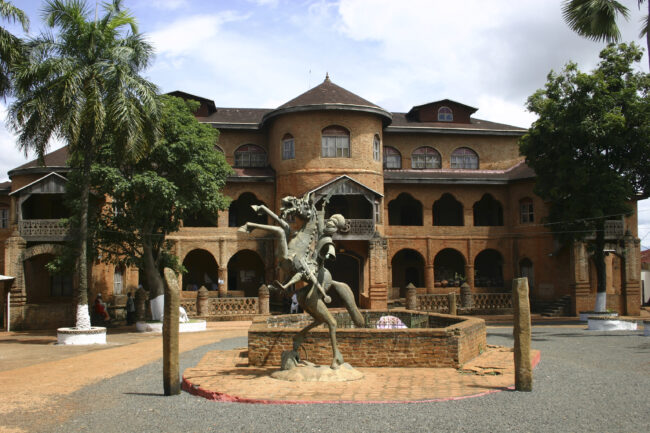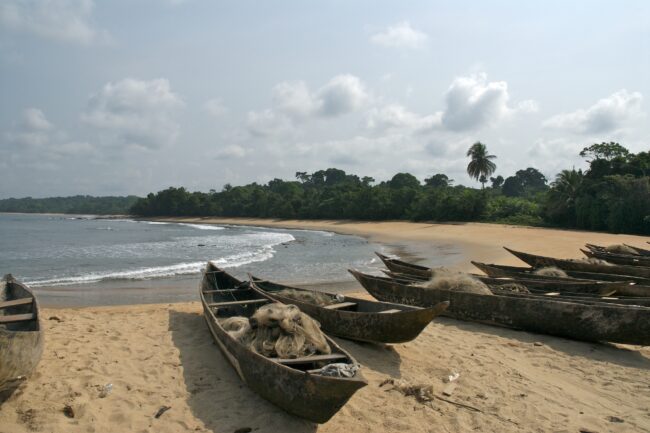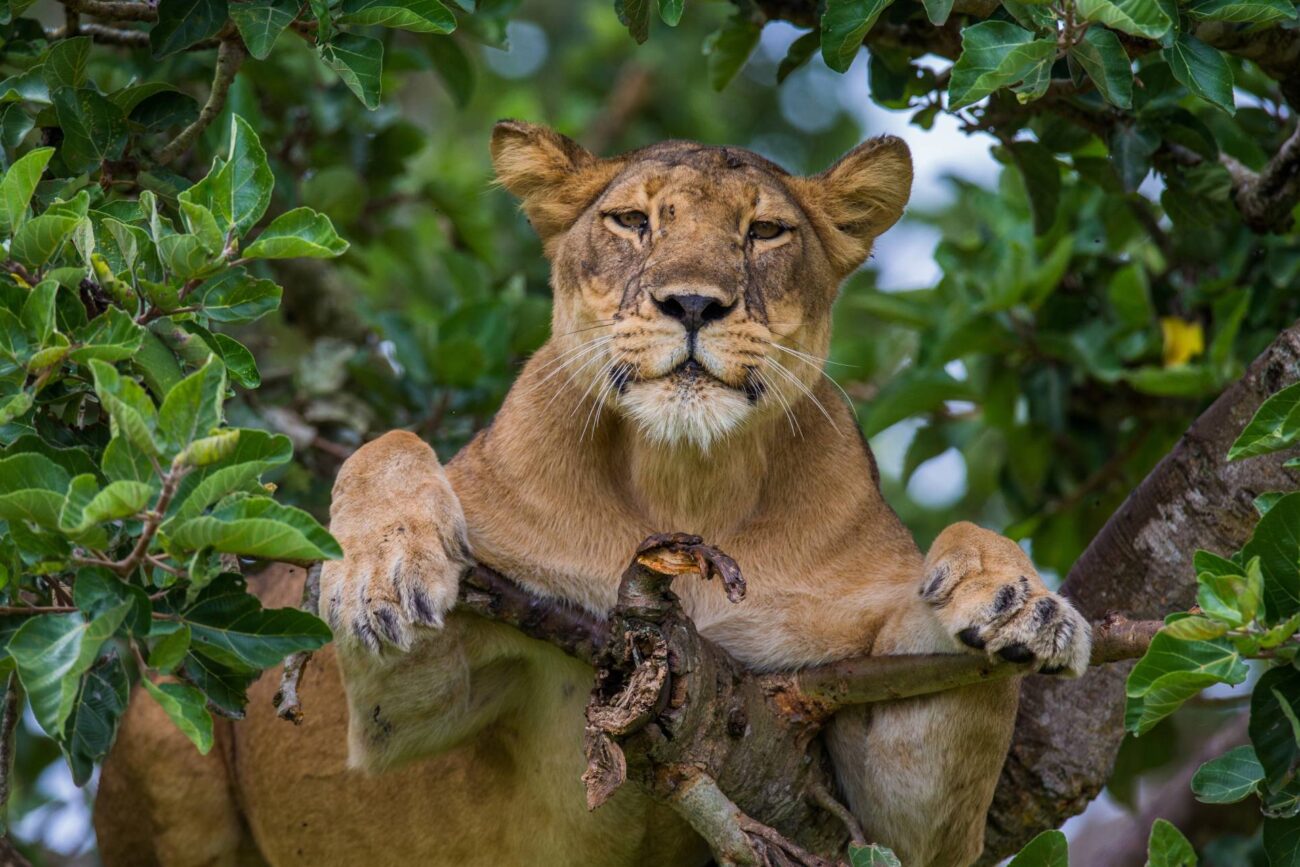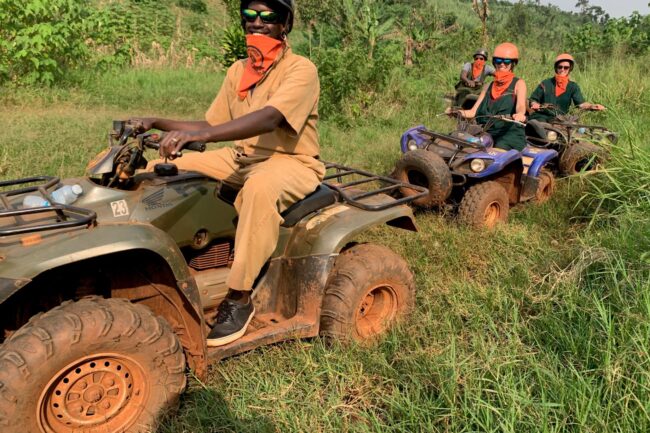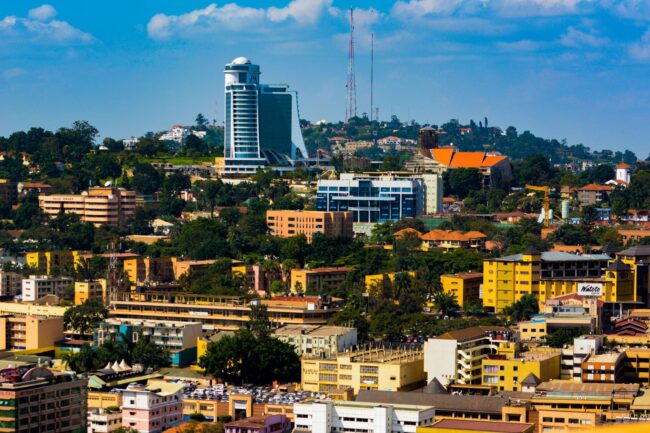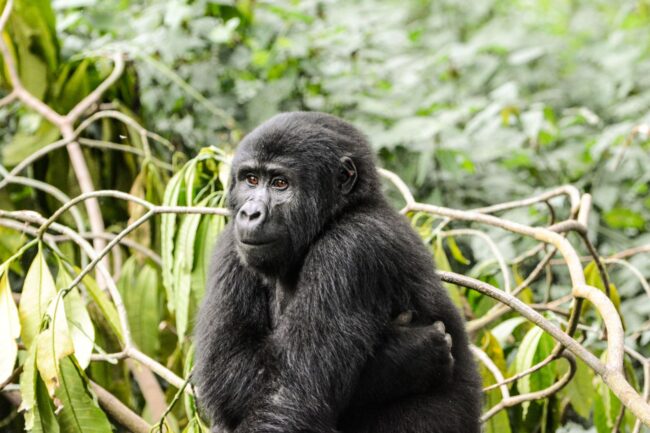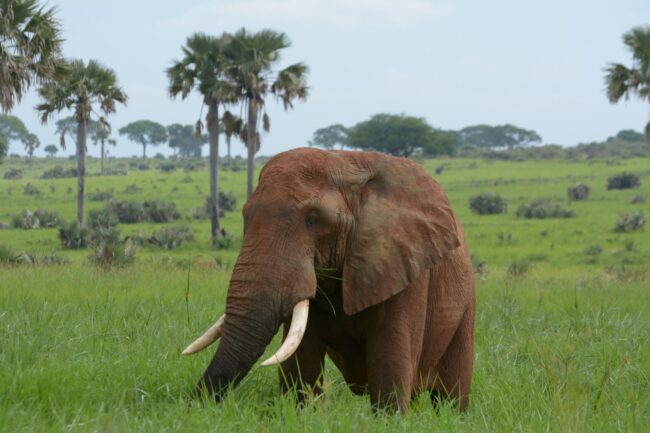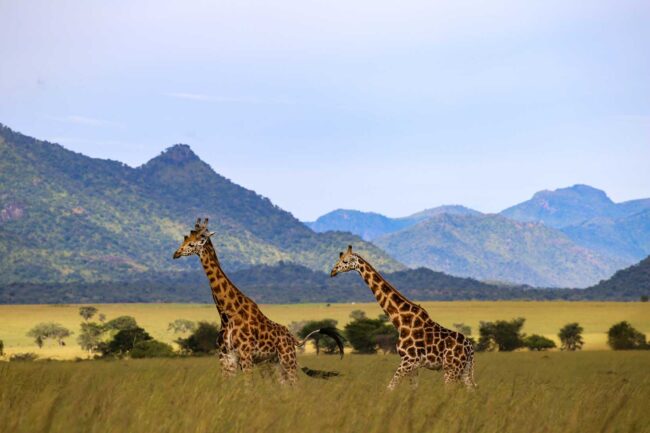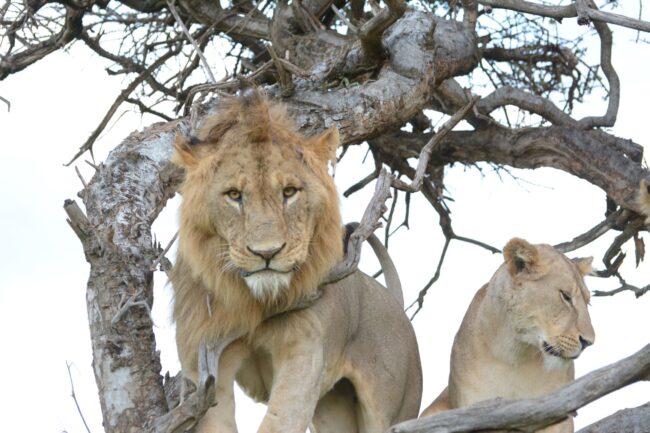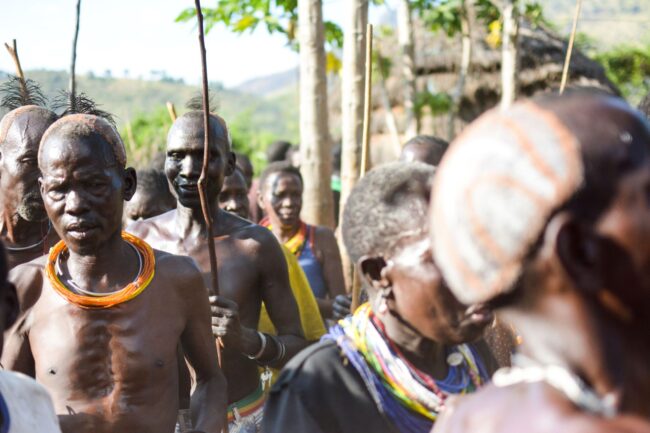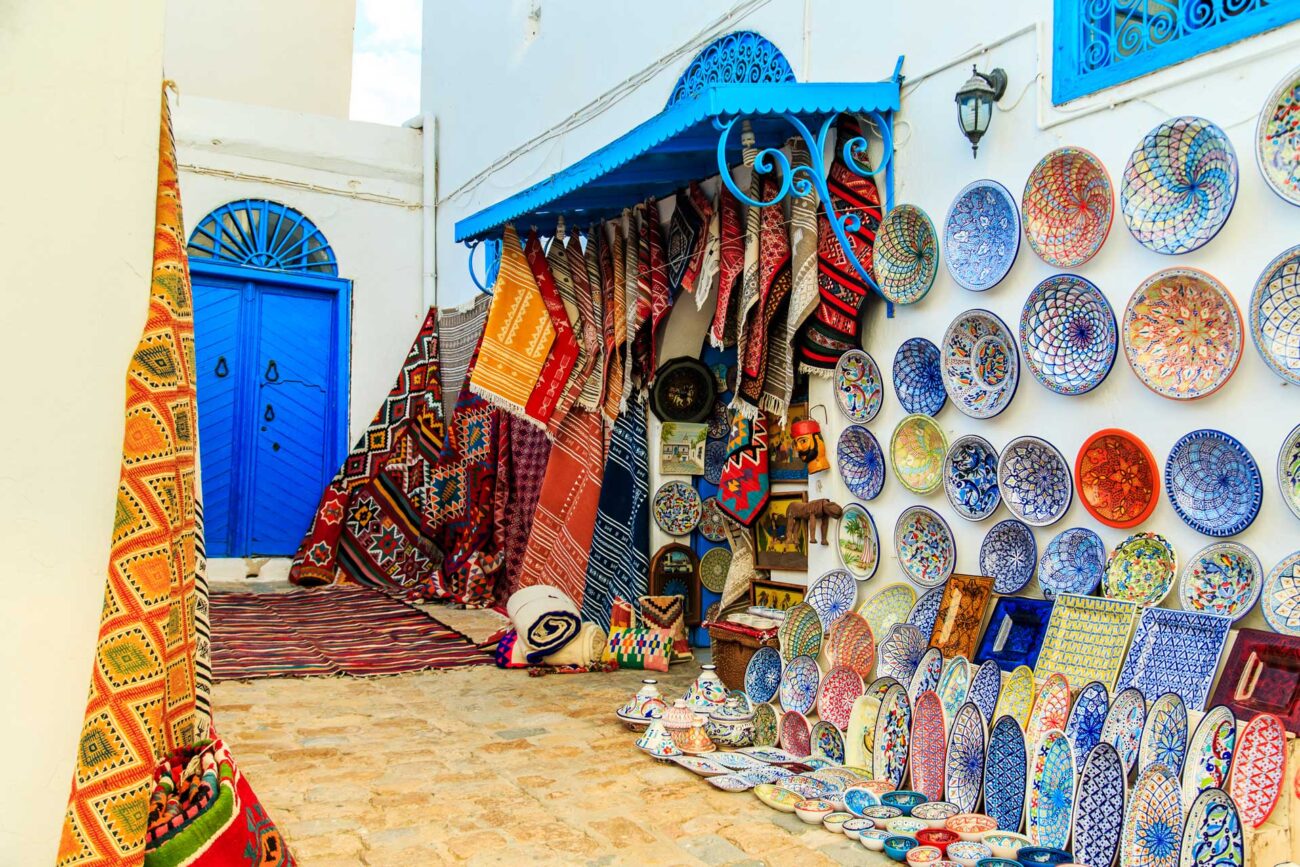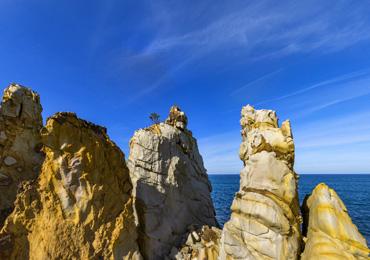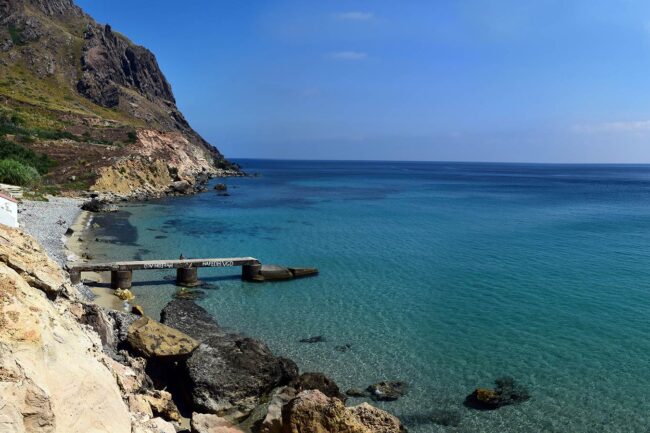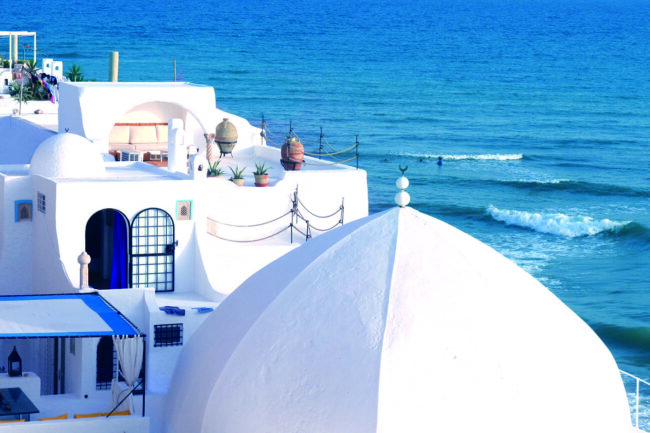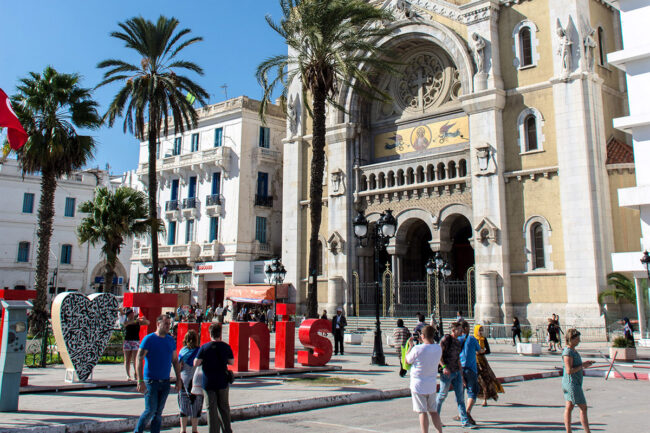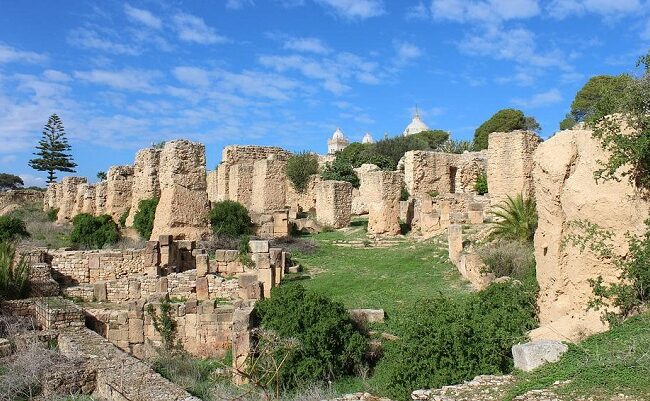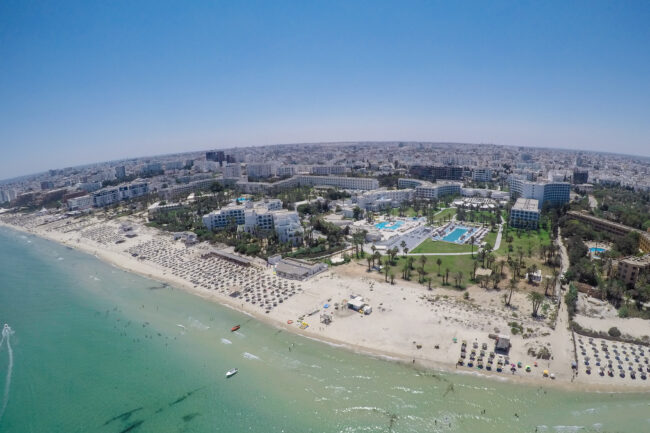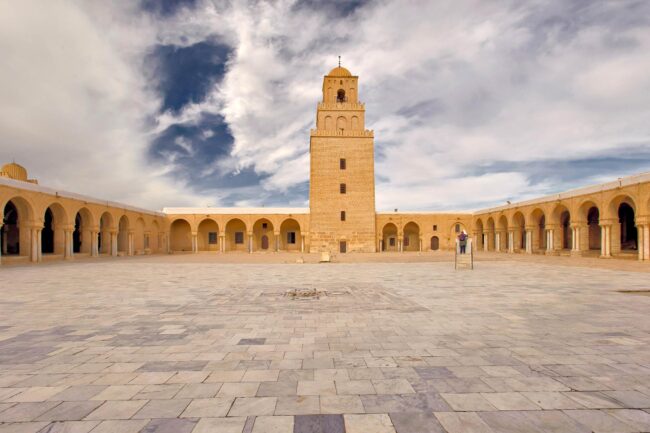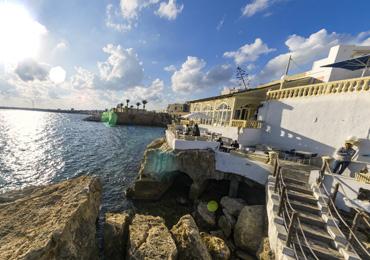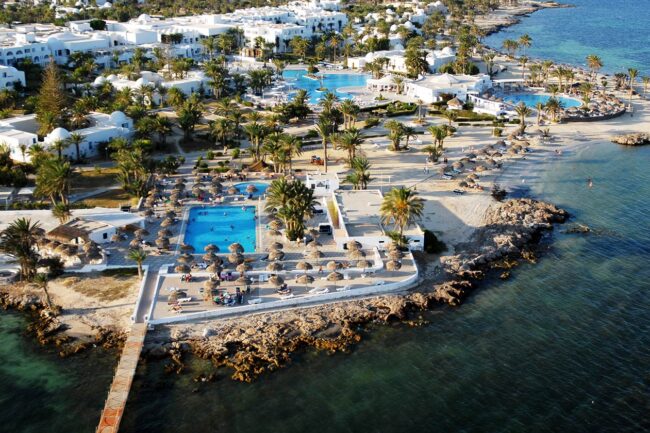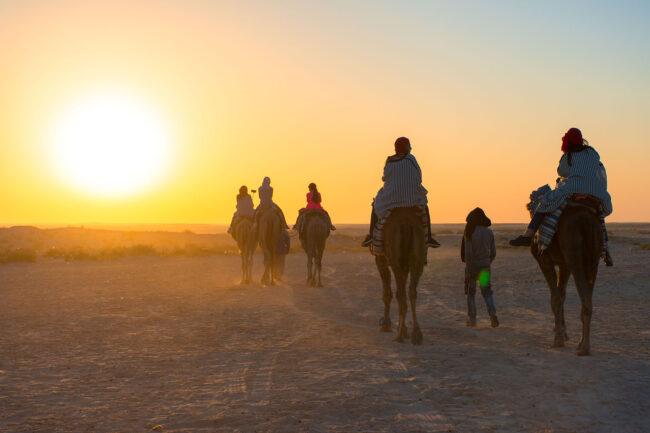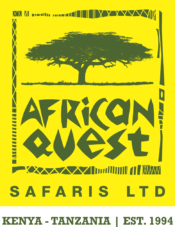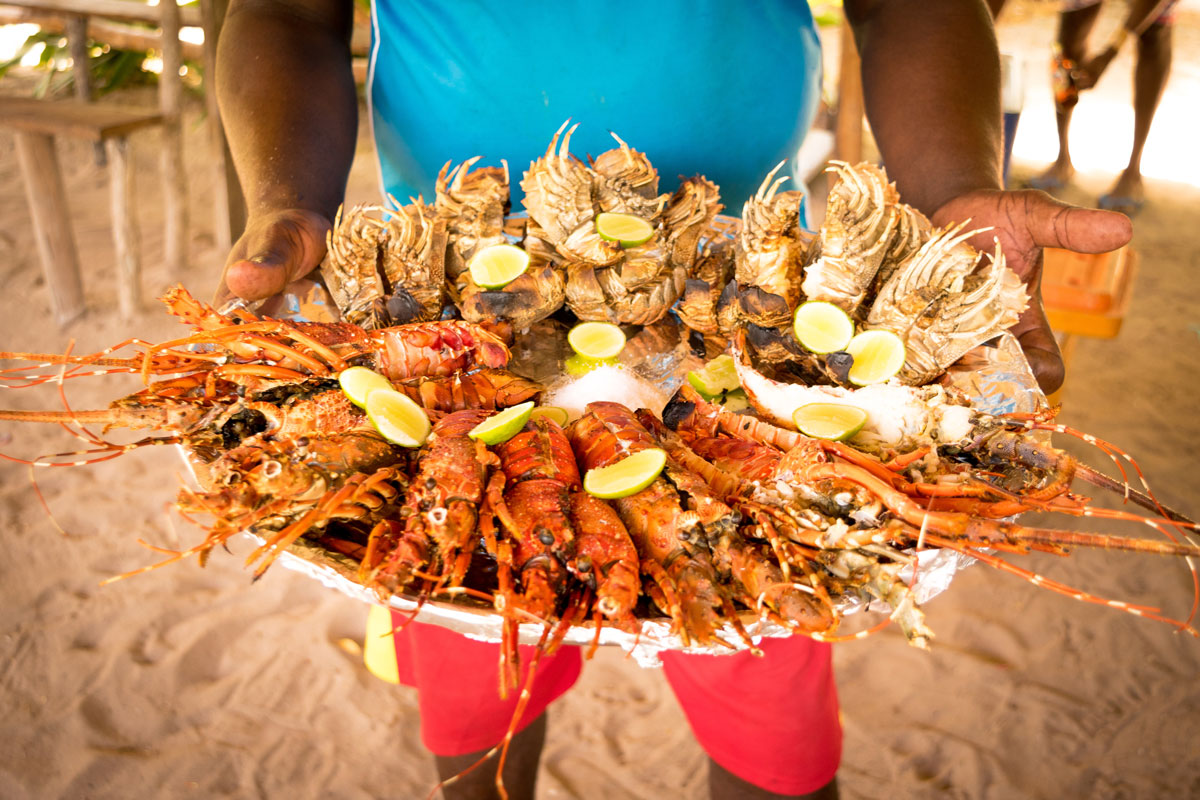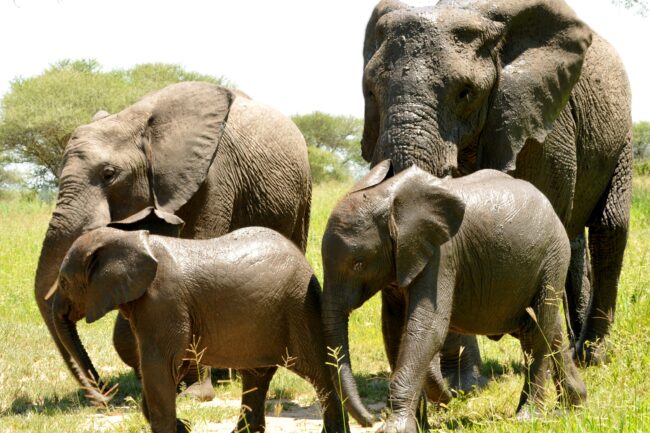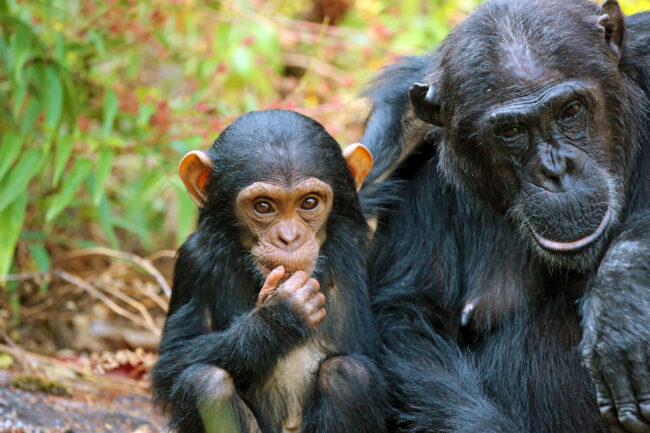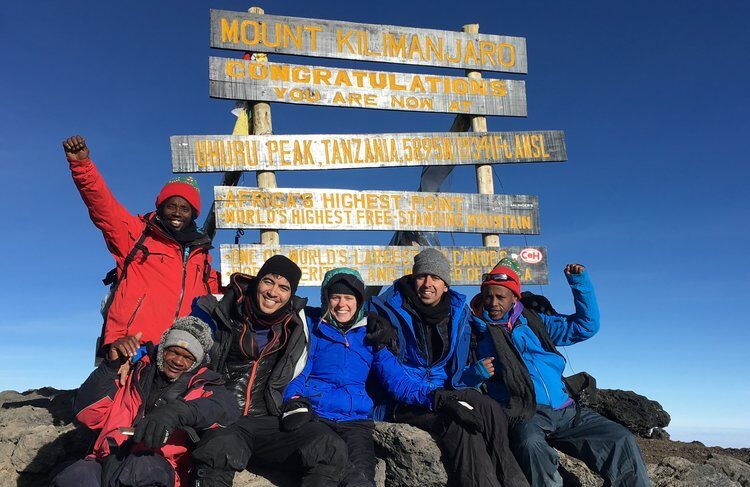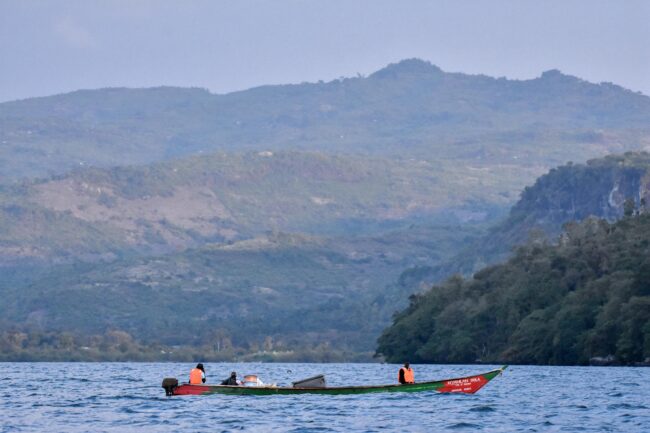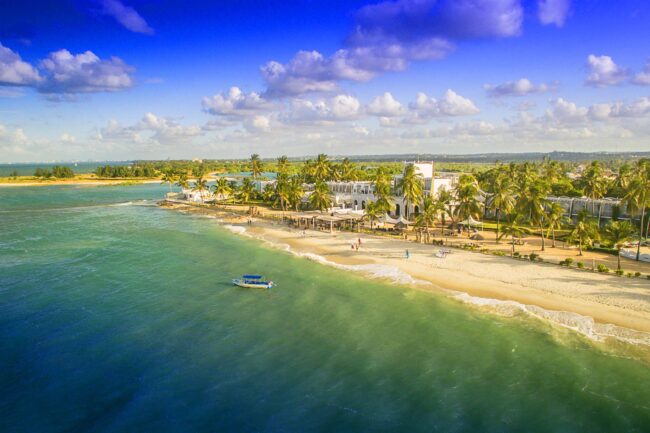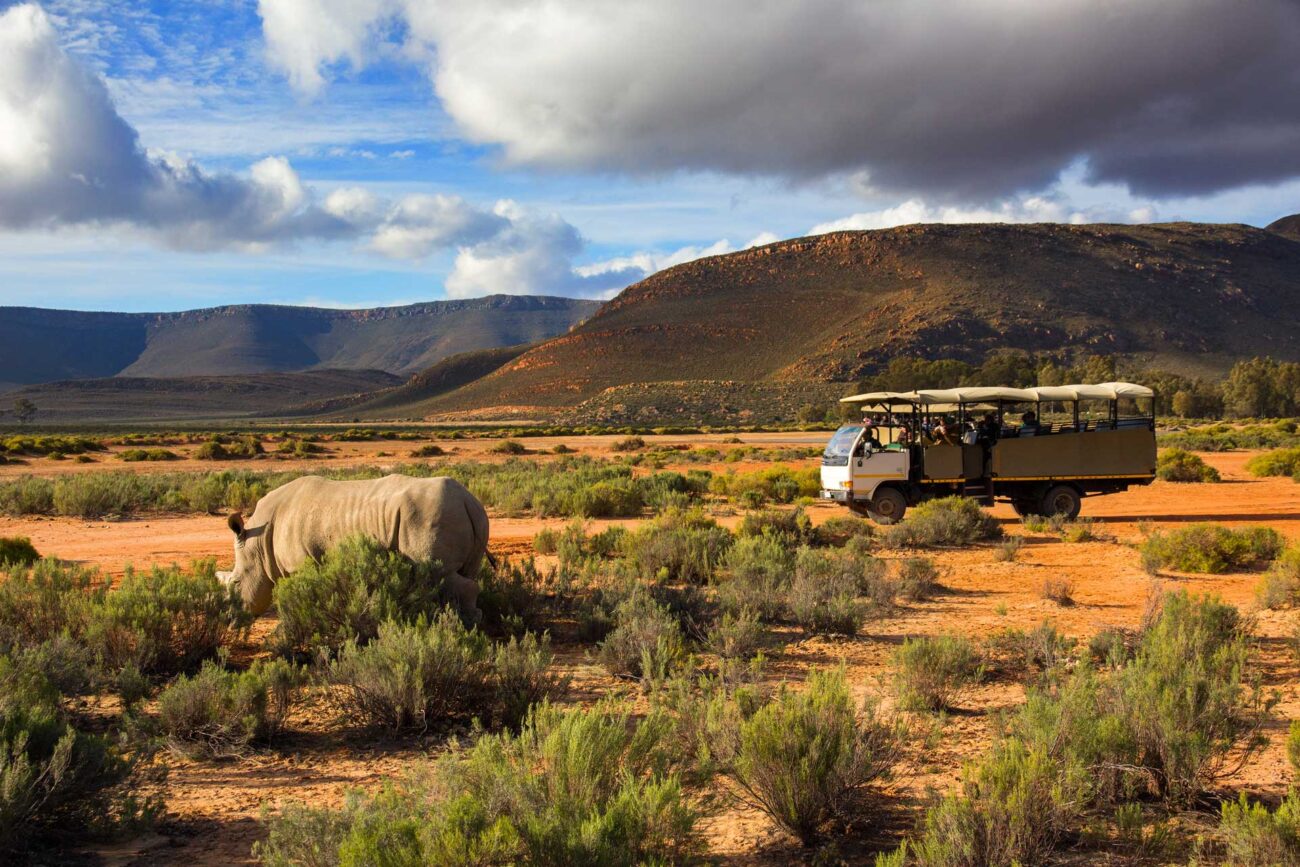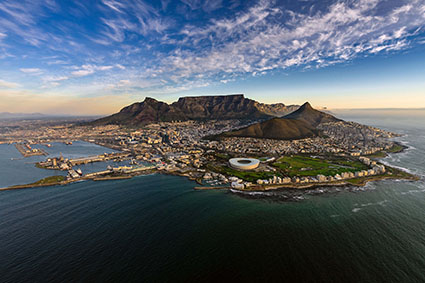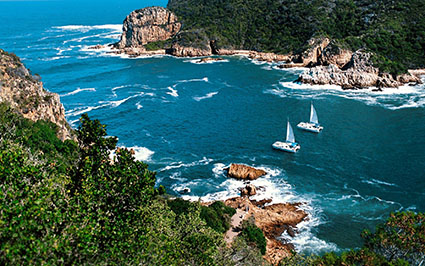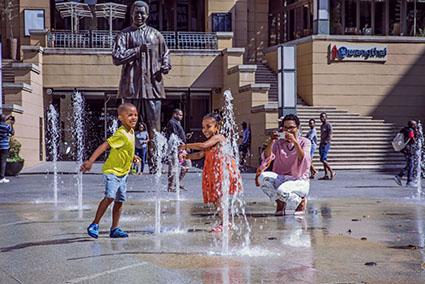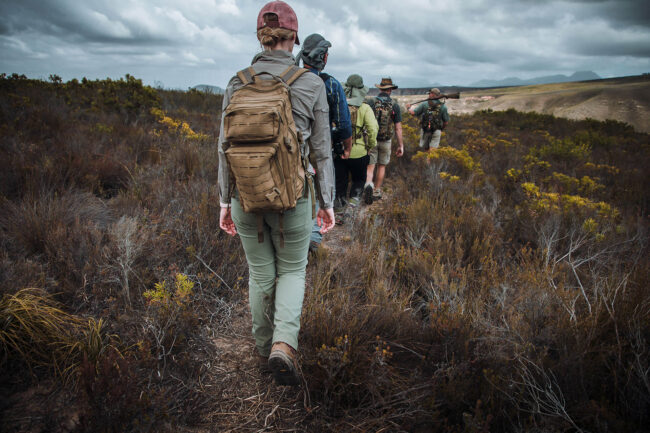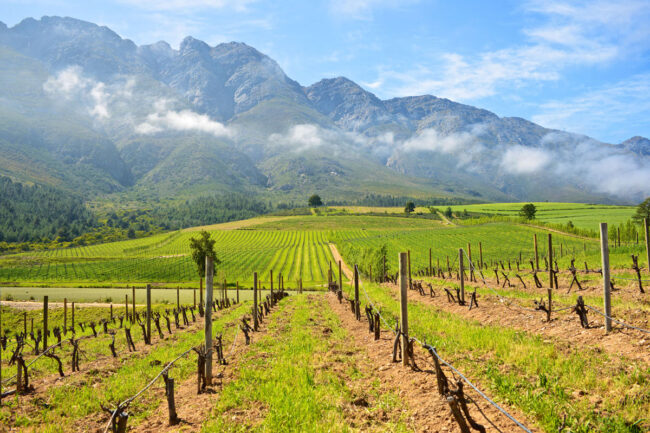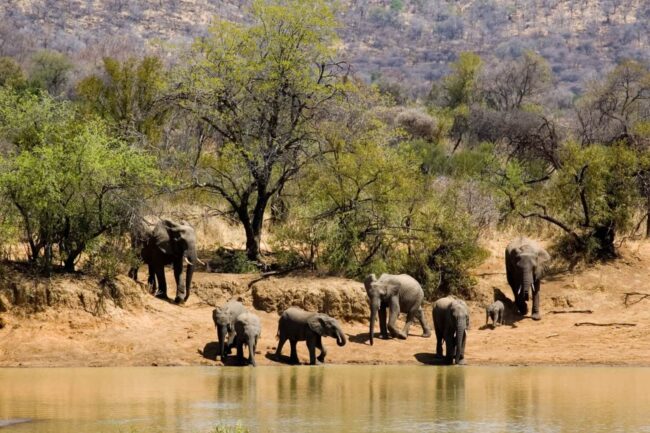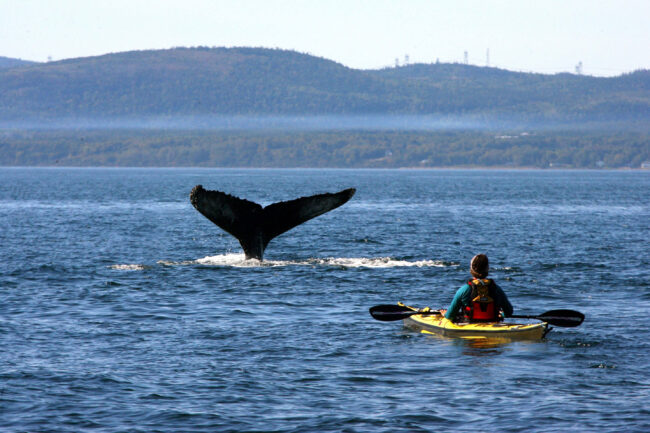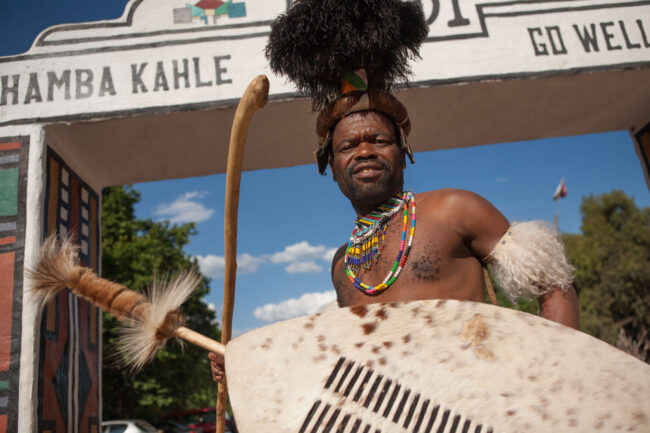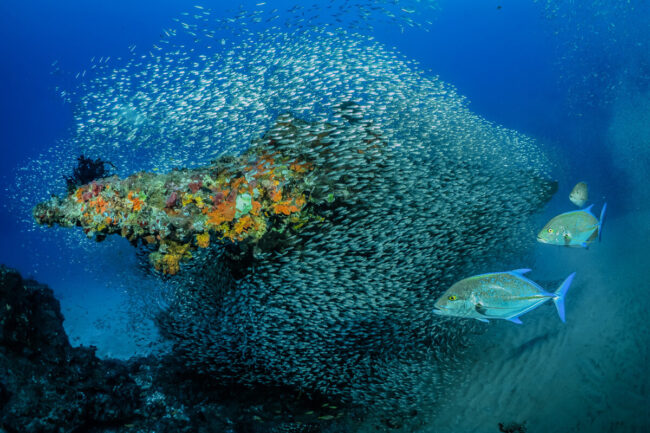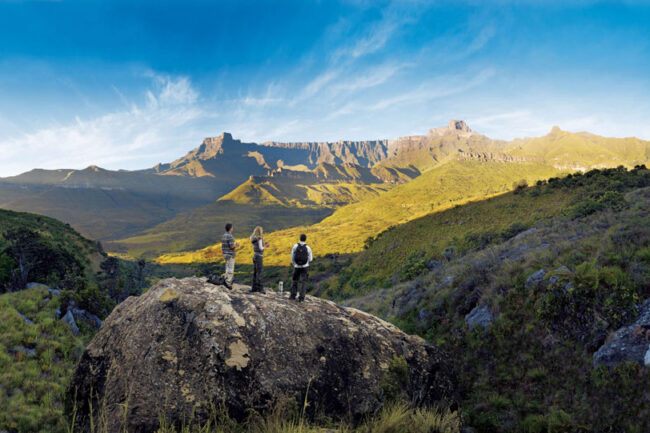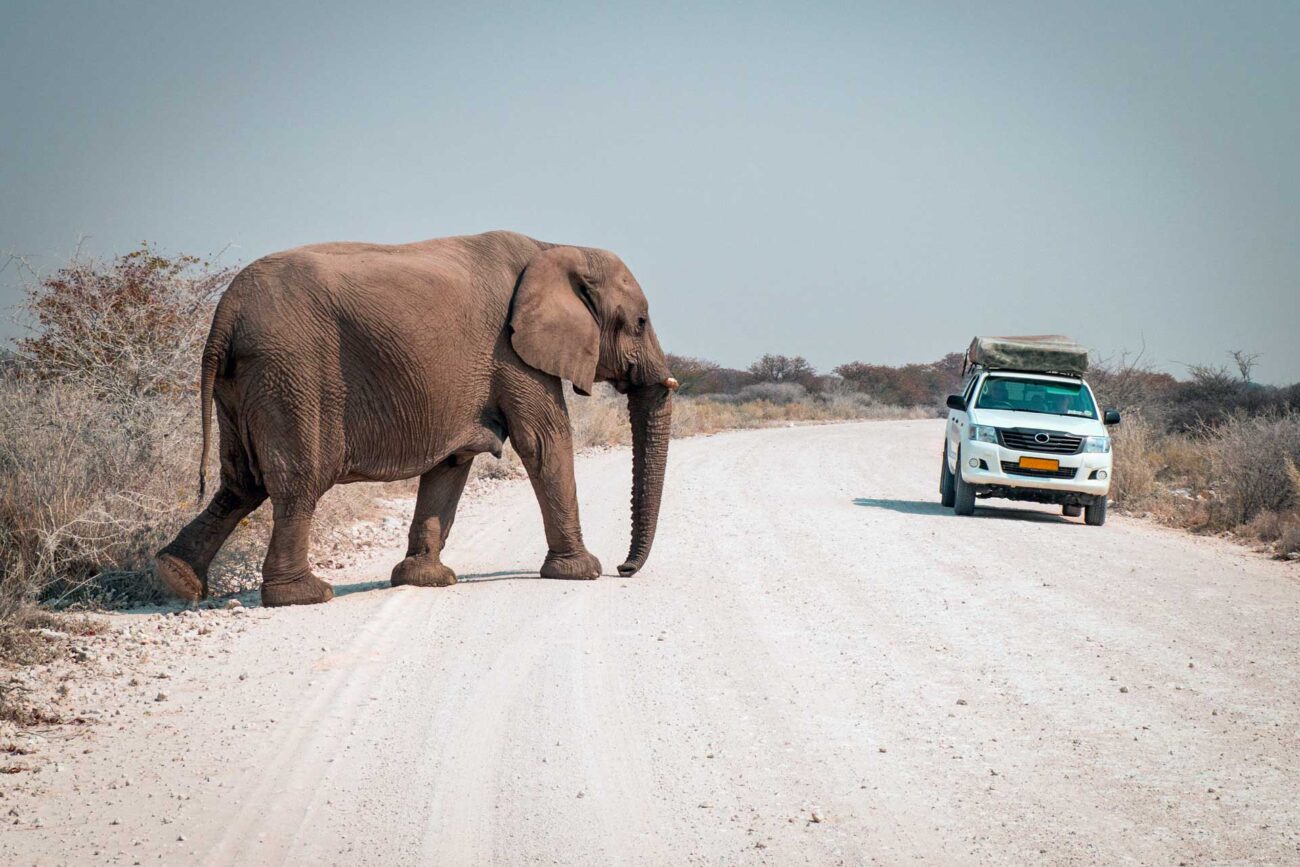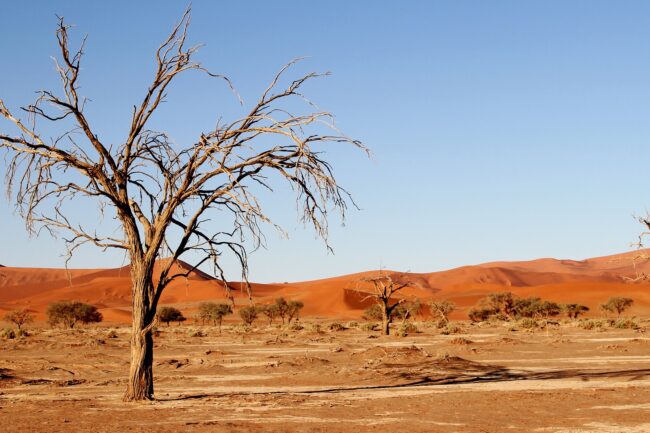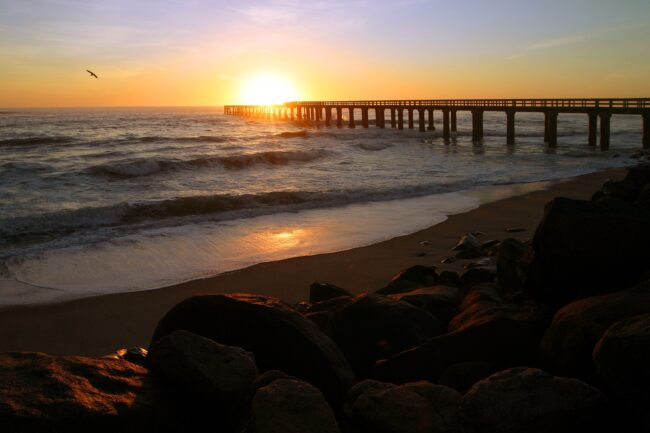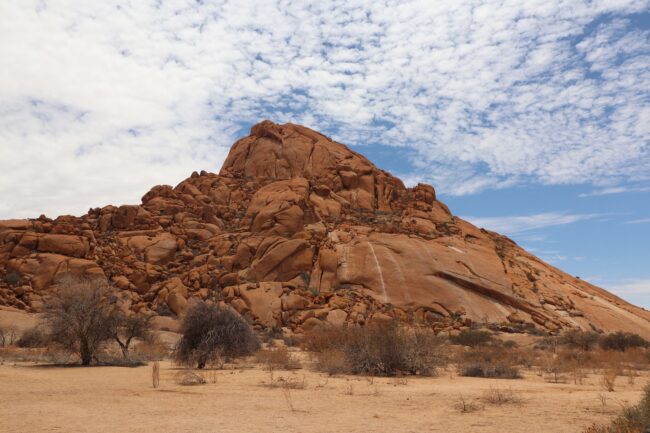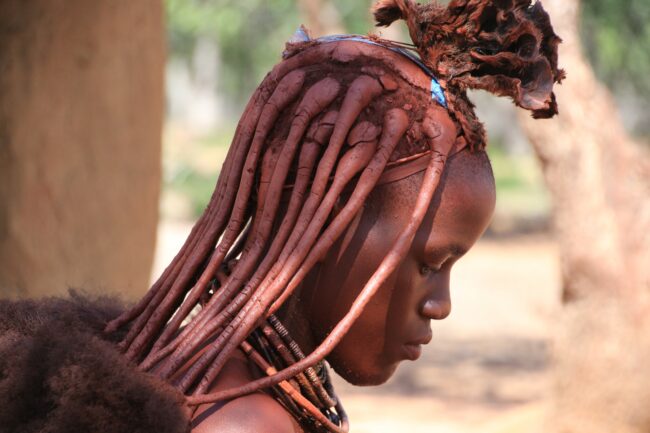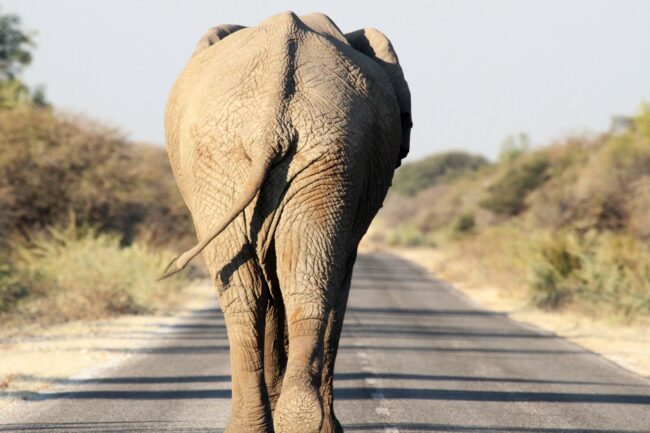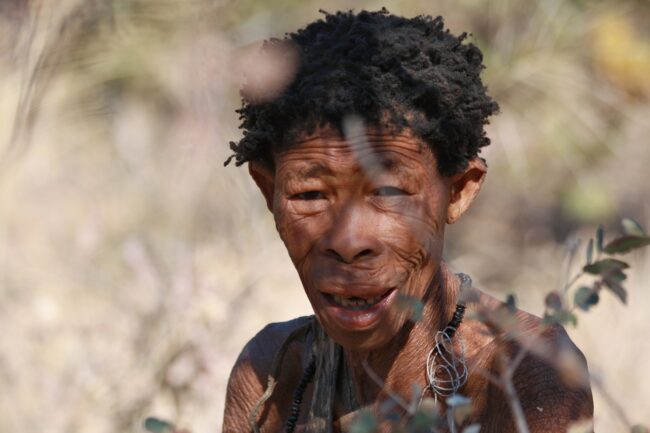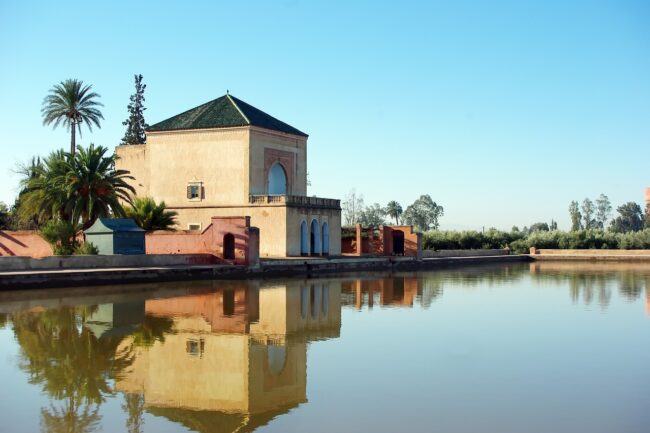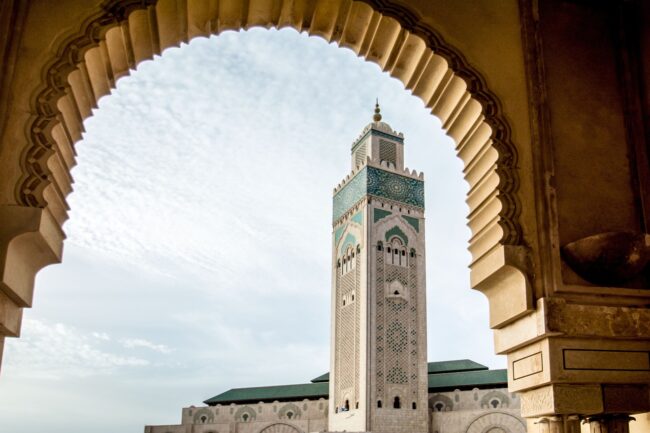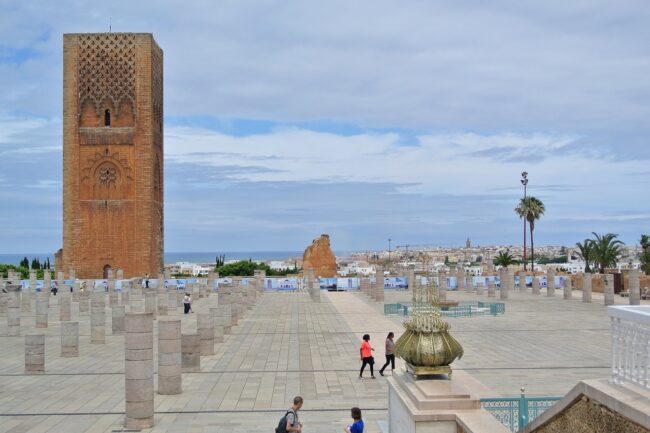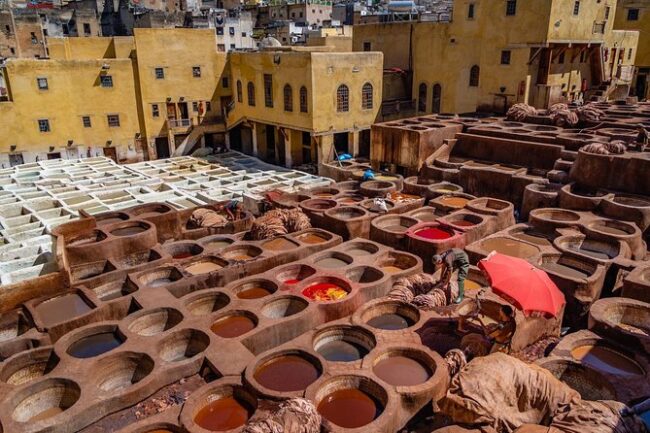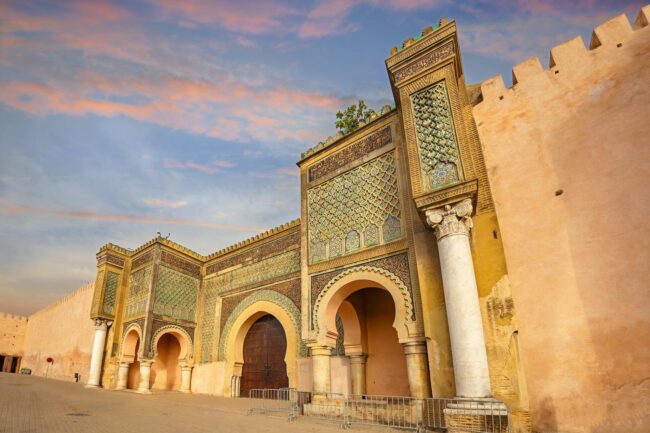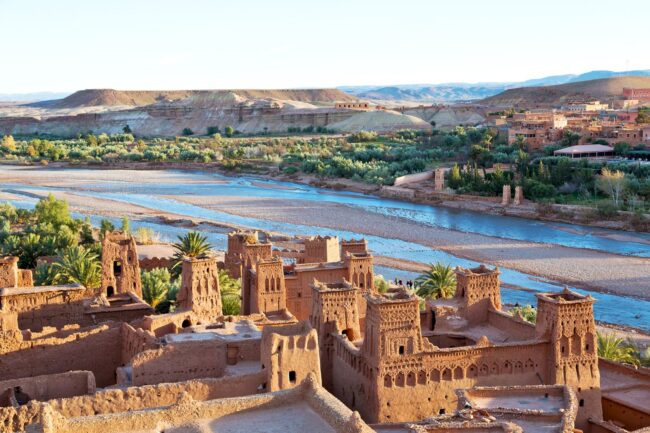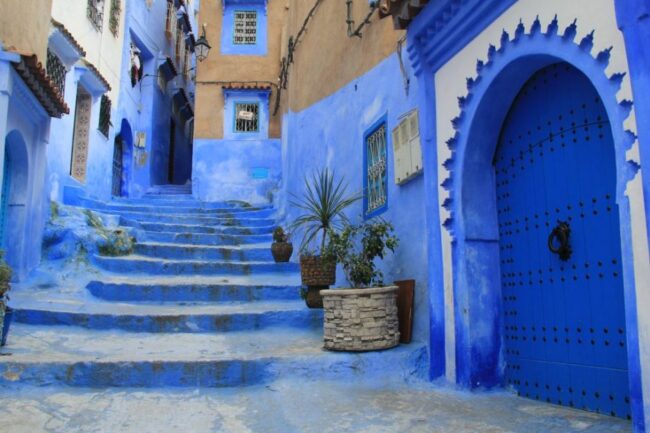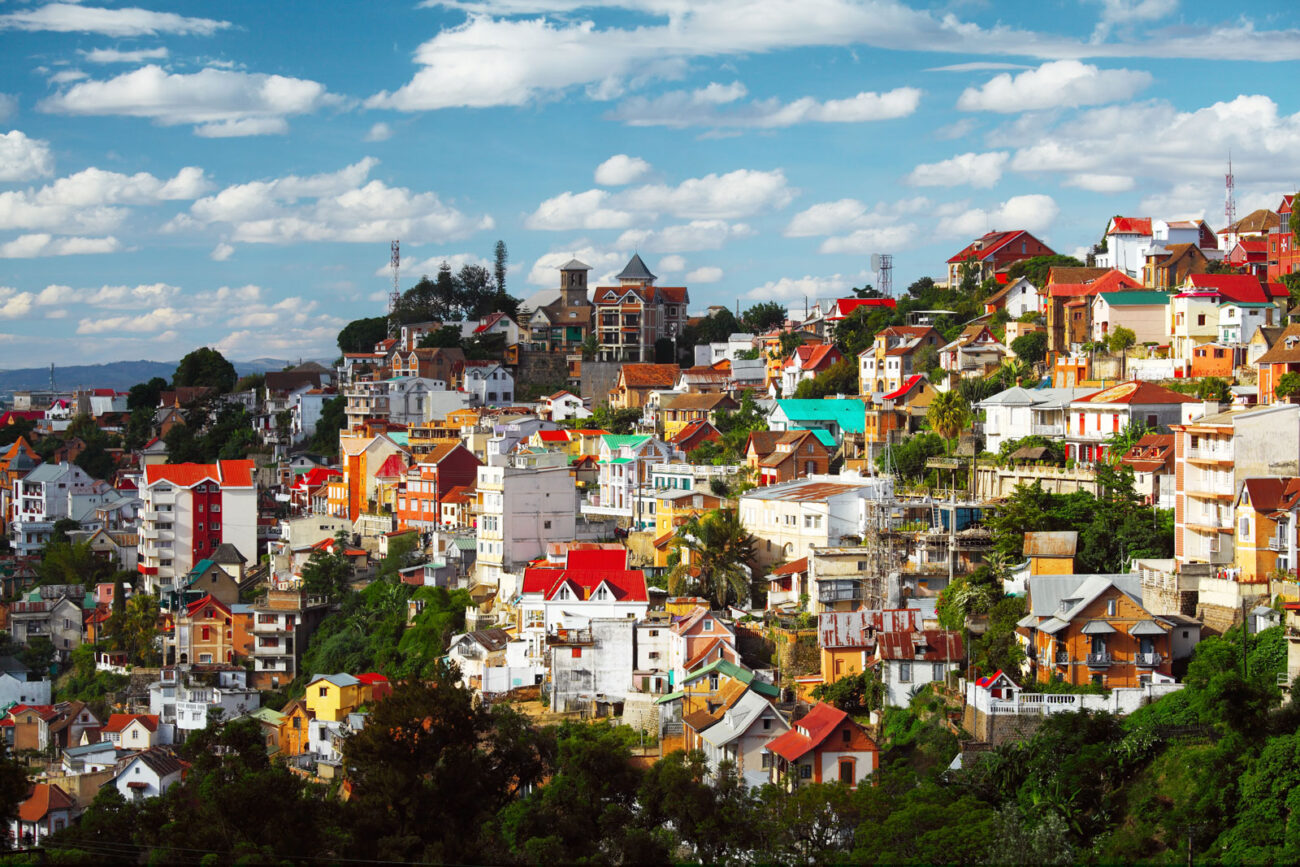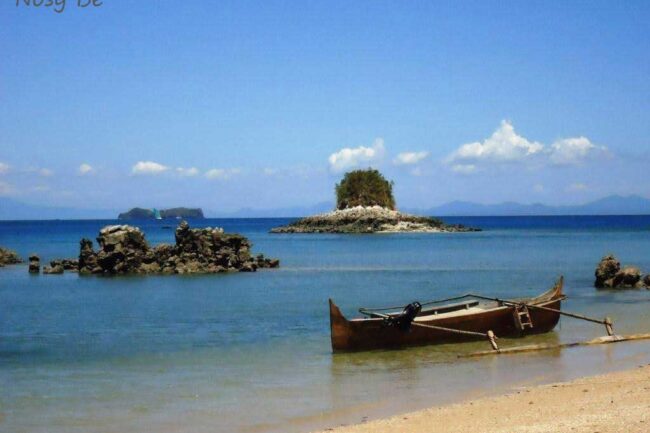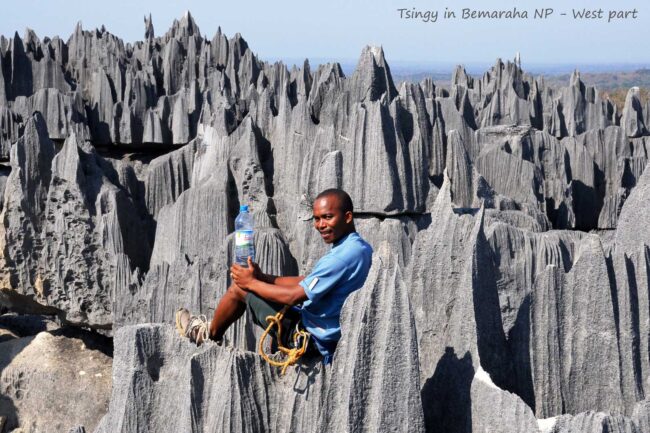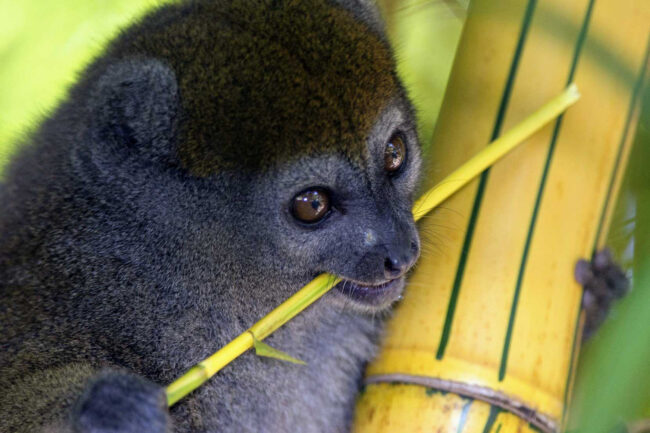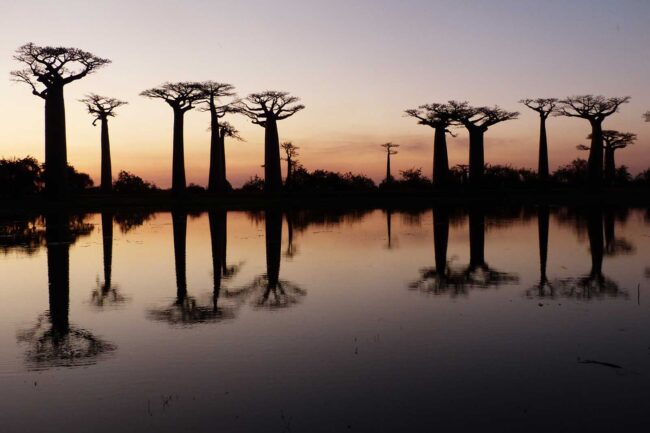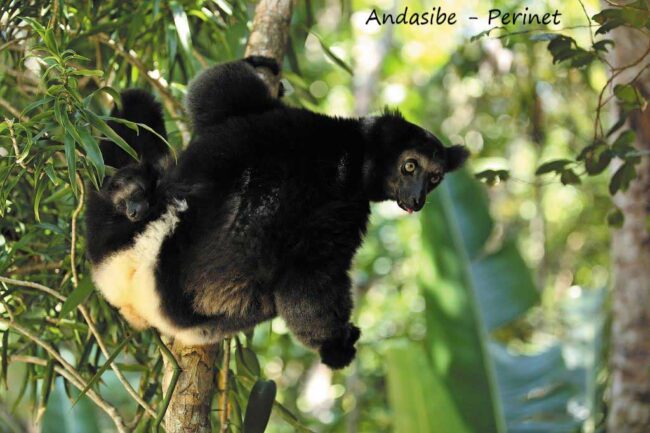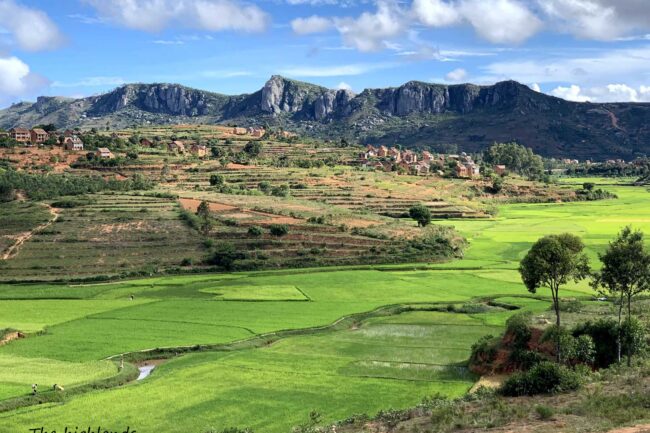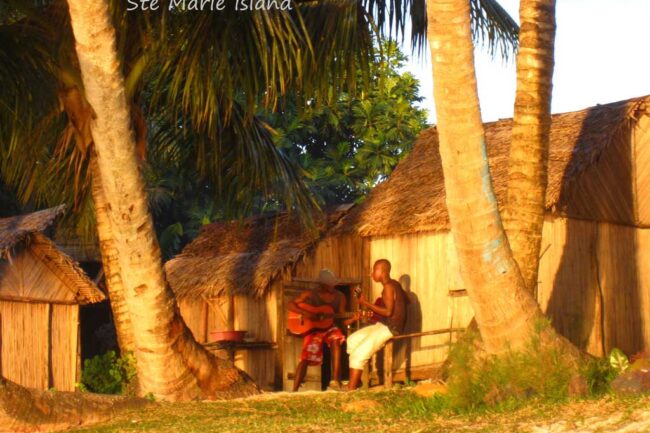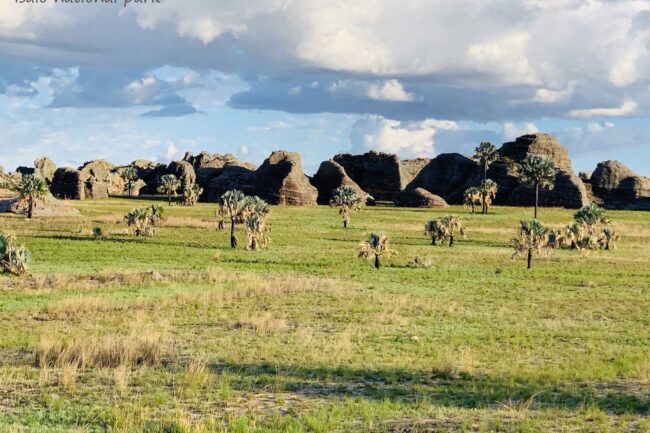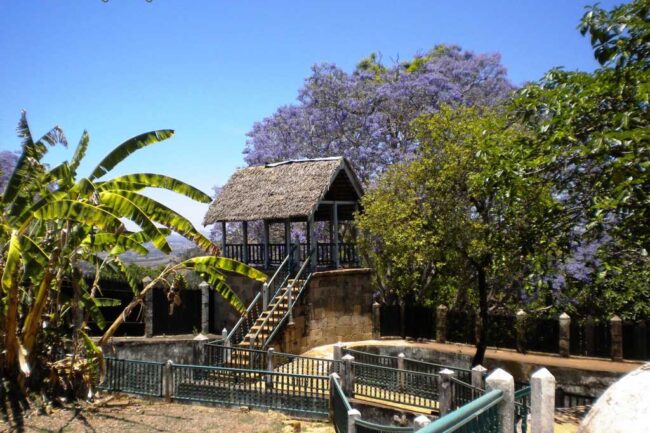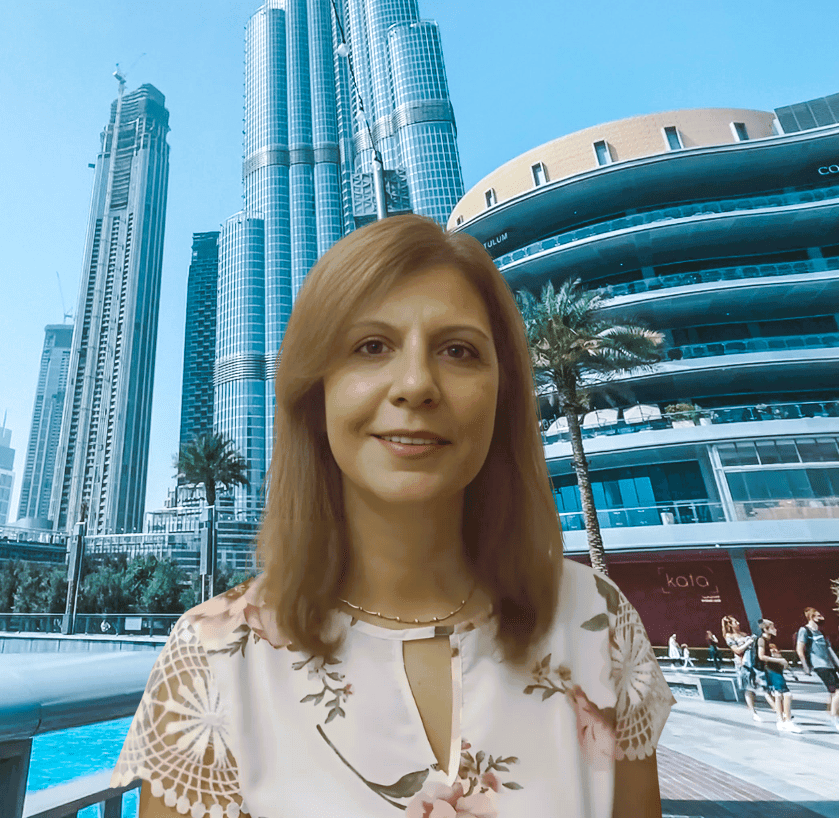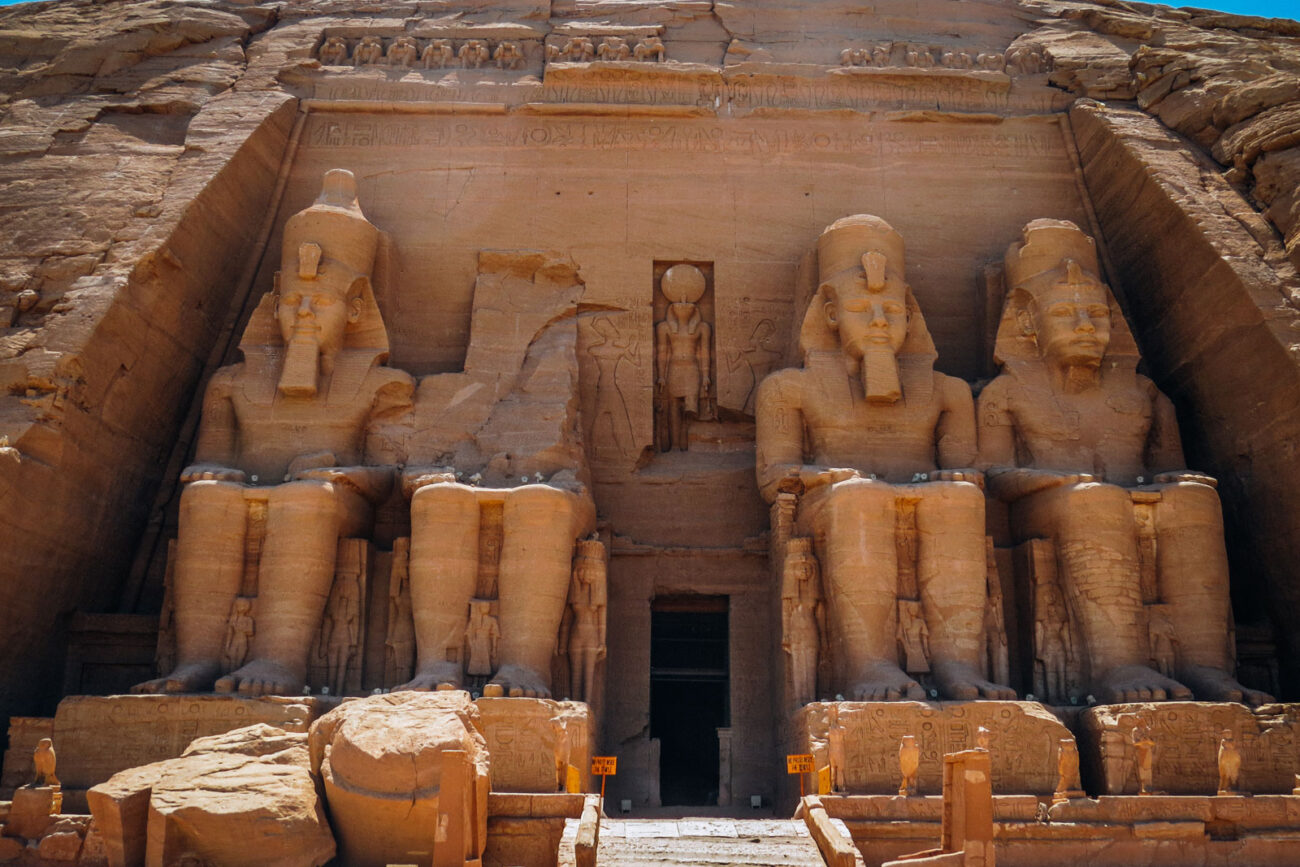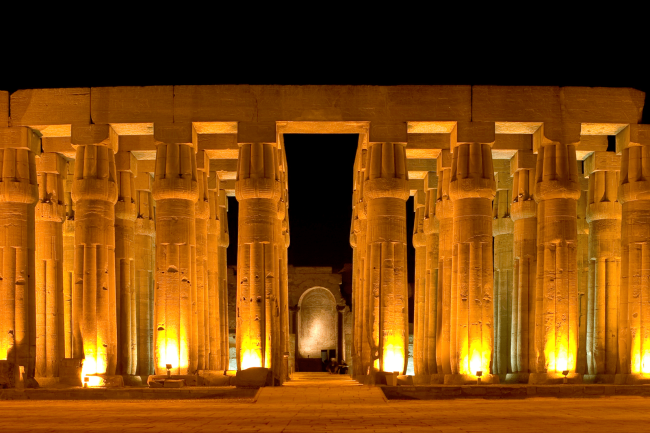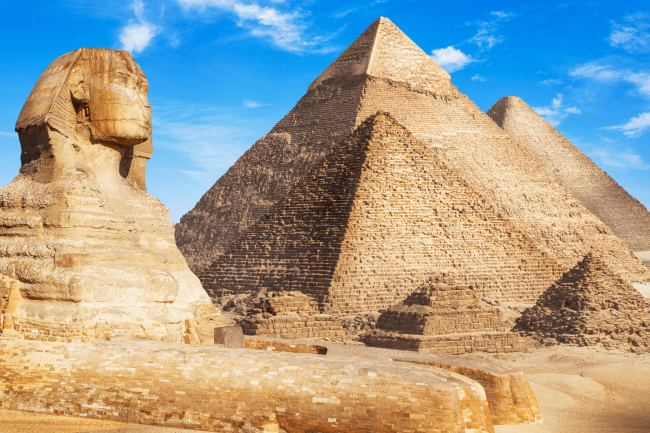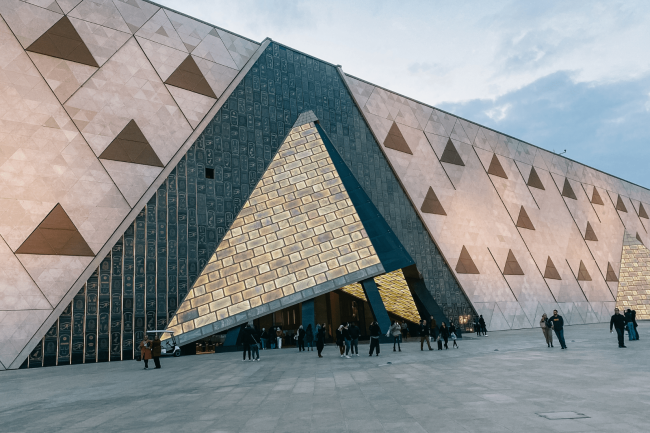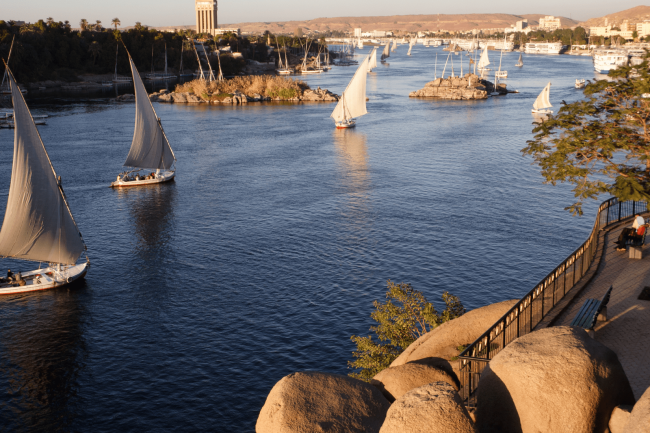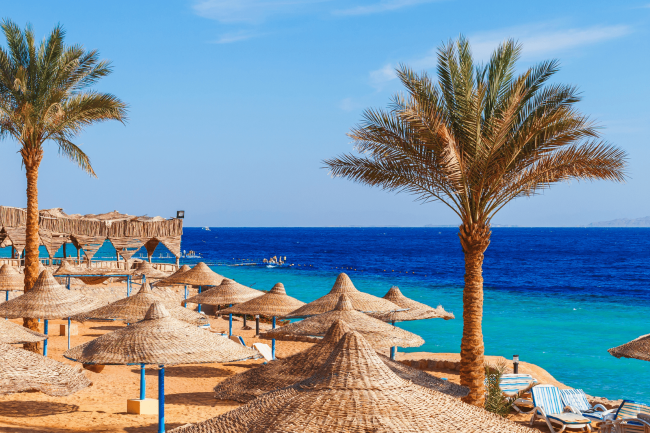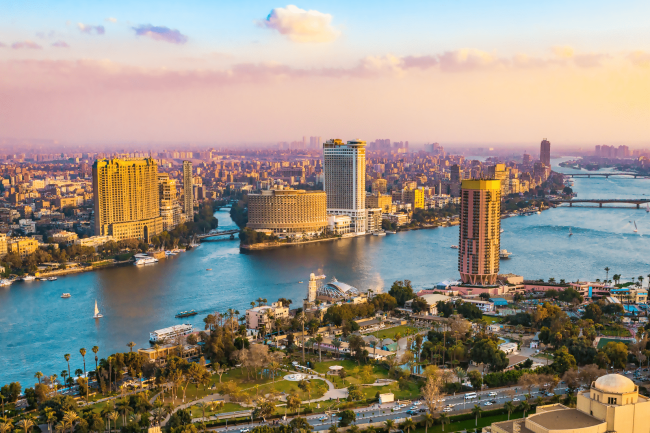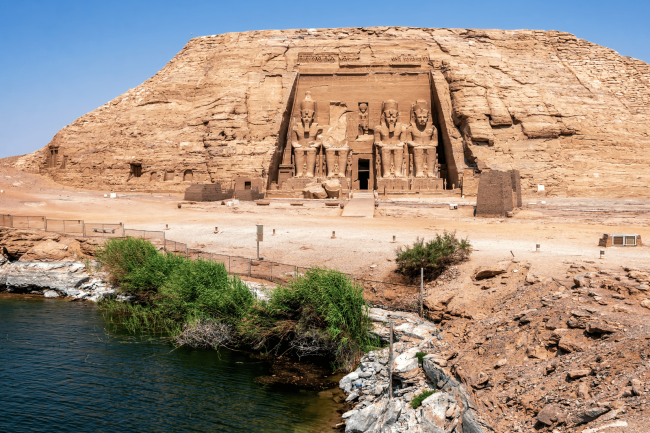Algeria
About Algeria DMC
- With the core value of creating unforgettable trips and tailoring these to the wishes of the travelers, Algeria DMC makes sure that travelers experience the country in an authentic Algerian fashion.
- Algeria DMC specializes in offering tailor-made trips for FIT and Groups, organizing leisure and cultural trips, seminars, congress and events. Their experienced and multilingual teams are professionally trained in all regions of Algeria, always seeking to share the richness of the country. Traveling with Algeria DMC is means choosing a quality trip that is worry-free and hassle-free.
- With a highly flexible work-structure, Algeria DMC guarantees an optimal level of safety and a professional accompaniment throughout the circuit in Algeria. Upholding the principles of eco-responsible tourism, Algeria DMC supports the local communities by working closely with associations and craftsmen. It is essential for the agency to pay fairly all its team and its service providers. By having the best collaborators in the country, Algeria DMC offers the best services for all travel and tour requirements.


Amine Lagoune
Product & Services
- A la carte travel
- Cultural and archaeological tours
- Sahara tours
- Rallies (cars – motorcycles)
- FIT & GIT Travel
- Congress, seminar and incentives
Top Activities
- See the most important Roman sites of Africa such as Tipaza, Timgad and Djemila – classified as World Heritage Sites by UNESCO.
- Immerse yourself in the immense Algerian Sahara and its deserts such as Tassili N’Ajjer, Erg Admer, Tadrart and Hoggar.
- Trace the history of the primitive man in the Tassili region by trekking or camel ride.
- Admire the architecture of yesterday and today with the Kasbah of Algiers classified as World Heritage Sites by UNESCO.
- Explore the urbanism of Constantine, also known as the “City of Bridges” becaus of the scenic suspension bridges built to connect valleys and hills.
- Discover the ancient irrigation system of Ghardaïa – another UNESCO World Heritage Site.
- Meet Date farmers producers and learn more about this delicious fruit at the Biskra Oasis.
- Pick beautiful sand roses in the Red Oasis of Timimoun.
- Be amazed by crossing the Grand Canyon of the Aures called the Balconies of Ghoufi.
- Experience the Spanish influence mixed with Algerian culture in Oran.
Top Selected Tours
Do you need a quotation or more details?
Did you know this fact?
About Algeria
This country spared by mass tourism, will allow you to enjoy authentic visits in peace, taking the time to share real moments with our guides and the locals. Immersing you in the know-how, customs and traditions of Algerians.
Algeria has a very strong Roman heritage. You will be able to delight with its preserved ruins; like the arch of trajan in Timgad, the theatre of Djemila, and Tipaza and its ruins at the edge of the espectacular turquiose sea. Algeria is rich in biodiversity, with its deserts, such as Tassili N’Ajjer in Djanet and the Hoggar mountain range in Tamanrasset; and by its oases with the gardens of Saoura and Ghardaïa, the capital of Mzab.
The country has an important religious heritage with The Basilica of St. Augustine in the city of Annaba, the Basilica of Notre Dame d’Afrique in the city of Algiers, the chapel of Santa Cruz in the city of Oran, and the hermitage of Father of Foucault at Assekrem in Hoggar.
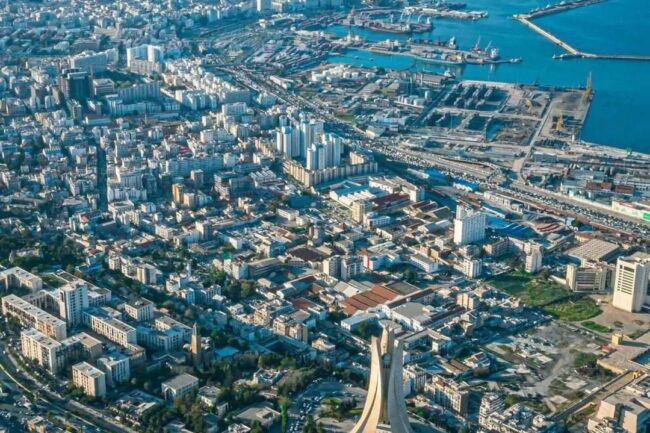
Algiers
Bright city by excellence, bettter known as “Algiers the white”. Algiers bordered by the Mediterranean Sea, and has one of the biggest ports in Africa. It can be visited in two distinct areas: the modern and the older part. Among its highlights, we can find: The Kasbah (classified in the World Heritage of UNESCO), the Palaces of Dar Aziza and Jenina, The Jardin d’Essai (the largest botanical garden in Africa), The Basilica of Algiers: Our Lady of Africa, The National Museum of Fine Arts. And many other picturesque monuments.
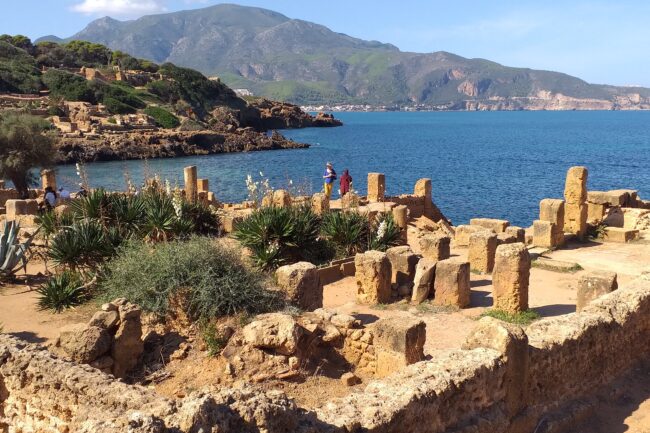
Tipaza
Tipaza is an open-air museum. A scenic coastal city located only 70km from Algiers. Its landscape with Hellenic charm is reminiscent of Greece and Sicily. Tipaza was a Roman city in the Roman province of Caesarian Mauritania. It has many remains of the ancient Punic and Roman city, listed as World Heritage by UNESCO. With its archaeological treasures and varied landscapes, it is a tourist city between the sea and the mountains.
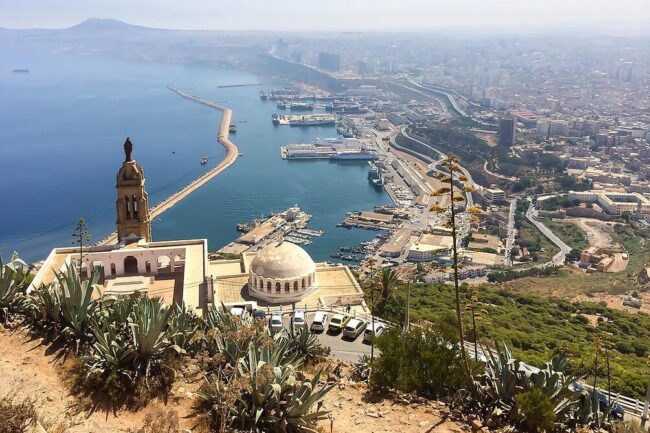
Oran
Also known as “The Radiant” is the second largest city in Algeria, about 430 km from the capital Algiers. Oran is a cosmopolitan city with an Arab, Berber, Spanish and French influences, giving it a significant character and a natural charm.
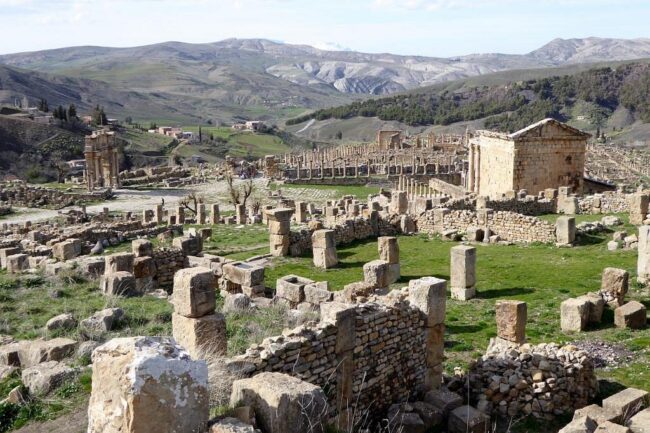
Djemila
The site of Djemila is located 50 km northeast of the city of Setif. Djemila (from Arabic: جميلة, “The Beautiful”) is an ancient city that houses the remains of the ancient Cuicul, a Roman city, classified as a World Heritage Site by UNESCO. Djémila provides an exceptional testimony of a disappeared civilization. It is one of the most beautiful sites of Roman ruins in the world. The archaeological remains, the well-integrated Roman urban planning and the environmental framework come harmoniously together.
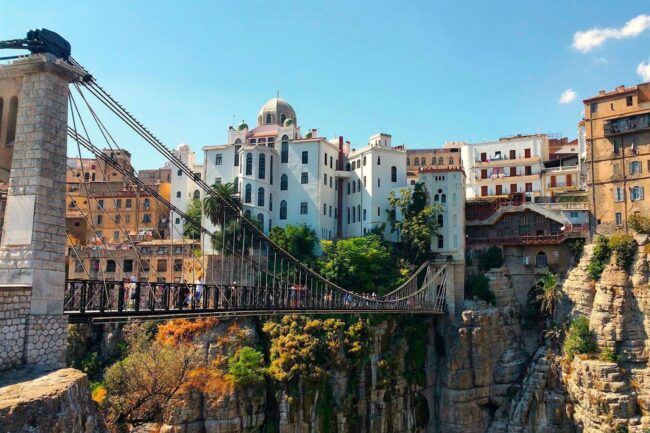
Constantine
Known as the city of suspension bridges and taking its name from the Emperor Constantine I who had it built in the 4th century, Constantine is the capital of the eastern region of the country. The city is also the cradle of the Arab-Andalusian music called Malouf. Tourists can visit the Kasbah, the Emir Abd-El-Kader Mosque, the Monument of the Dead or the Natural Arch of Constantine. Other sites such as the Bridge of El-Kantara, the National Museum Cirta, the Palace of the Bey or the Gustave Mercier Museum will also attract visitors.
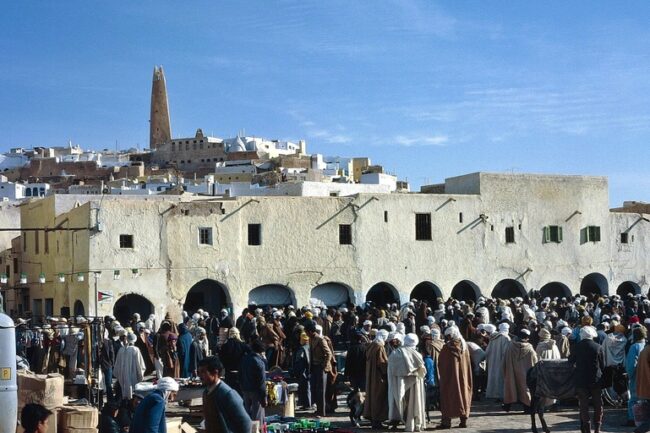
Ghardaia
Located in the northern part of the Algerian Sahara, 600 km south of Algiers, it is the capital of the Mzab valley, which is made up of a group of five ksours, known as “The Pentapolis”. The city counts with an ancestral system of irrigation on pivot, developed by the Mozabites to irrigate the long and narrow valley. It is considered as World Heritage of Site by the UNESCO. It is a tourist site of major importance in Algeria because of its architecture and history. The city includes an important Mozabite community.
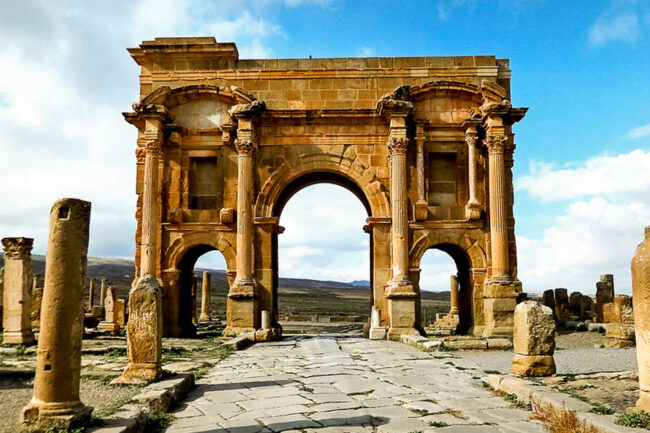
Timgad
Classified as a UNESCO World Heritage Site in 1982, the site of Timgad will delight all history lovers. Timgad, a city in the northeast of Algeria, is home to this ancient Roman city of great archaeological importance that was originally intended to serve as a post against the Berbers of the Aures. Built with its baths, its temples, its forum as well as its amphitheater, the city is considered as the last Roman colony in Africa.
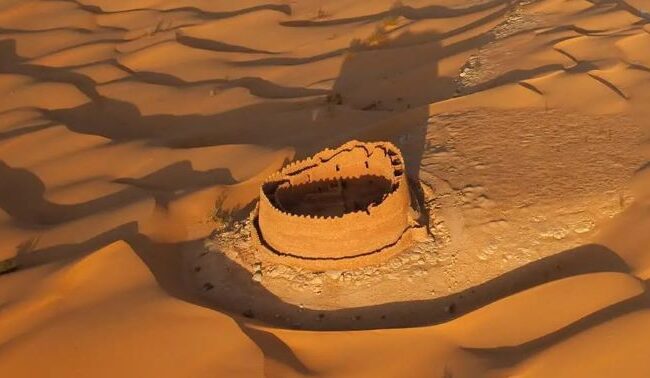
Timimoun
Timimoun is the most representative oasis of Gourara, a region rich in colors and contrasts, located south of the Grand Erg Occidental. Timimoun was built above the palm grove, in the heart of the sunny dunes of the Algerian desert. In the heart of history, one can explore the ksours drowned in an ocean of dunes, after having strolled in the bewitching gardens of the oases of the great Sahara. Discover on foot the magnificent oases of Tilermine, Timzlene and Beni Aissi.
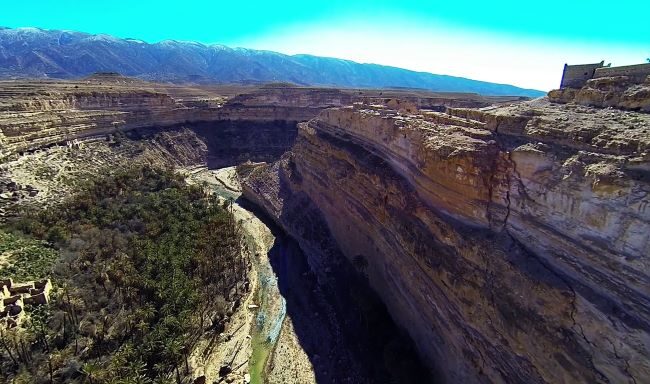
The Balconies of Ghoufi
The Balconies or Gorges of Ghoufi in the Aures are located in the region of M’chouneche and T’kout between Arris and Biskra. The Balconies of Ghoufi is a canyon which was dug by the river Abiod and extends four kilometers along the river. The site was classified as a National Heritage Site by UNESCO.
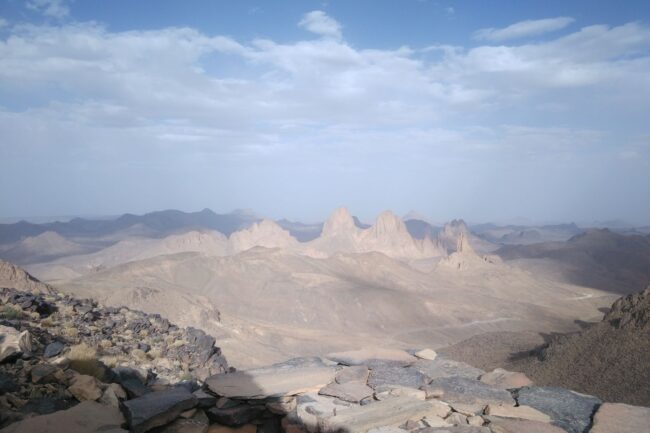
Tassili of the Hoggar
To the east of Tamanrasset rises at an altitude of more than 2,000 meters an eroded plateau of 250 kilometers in diameter composed of lava flows, the Atakor of Hoggar. According to specialists, the Hoggar mountains are more than 2 million years old. Its highest peak, Mount Tahat, reaches 3,003 meters. The most visited and best known place of the site is called Assekrem, residence of Father Charles de Foucauld during the summer of 1905.

